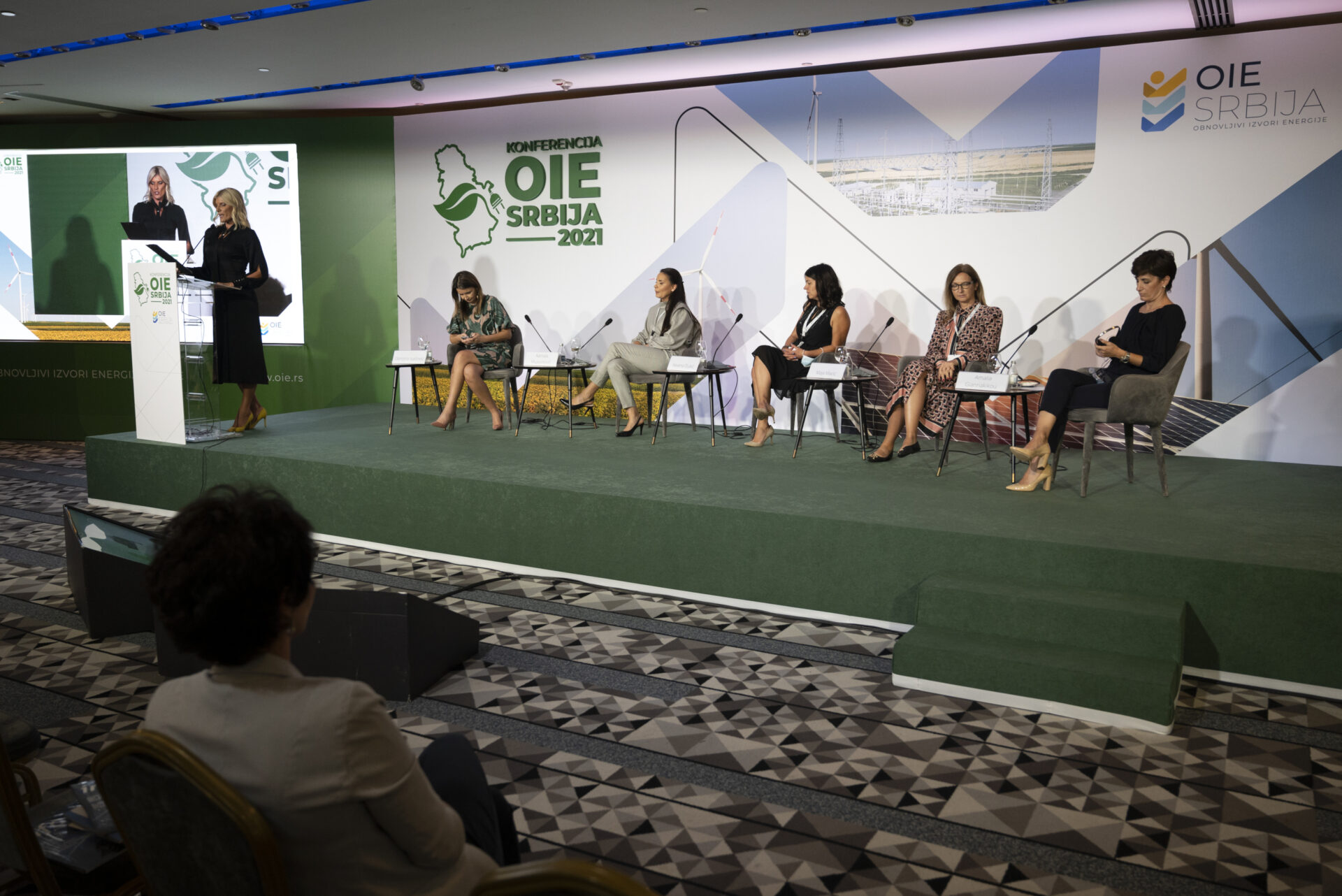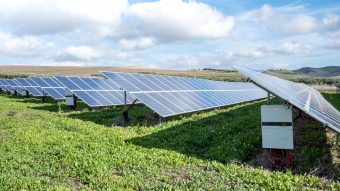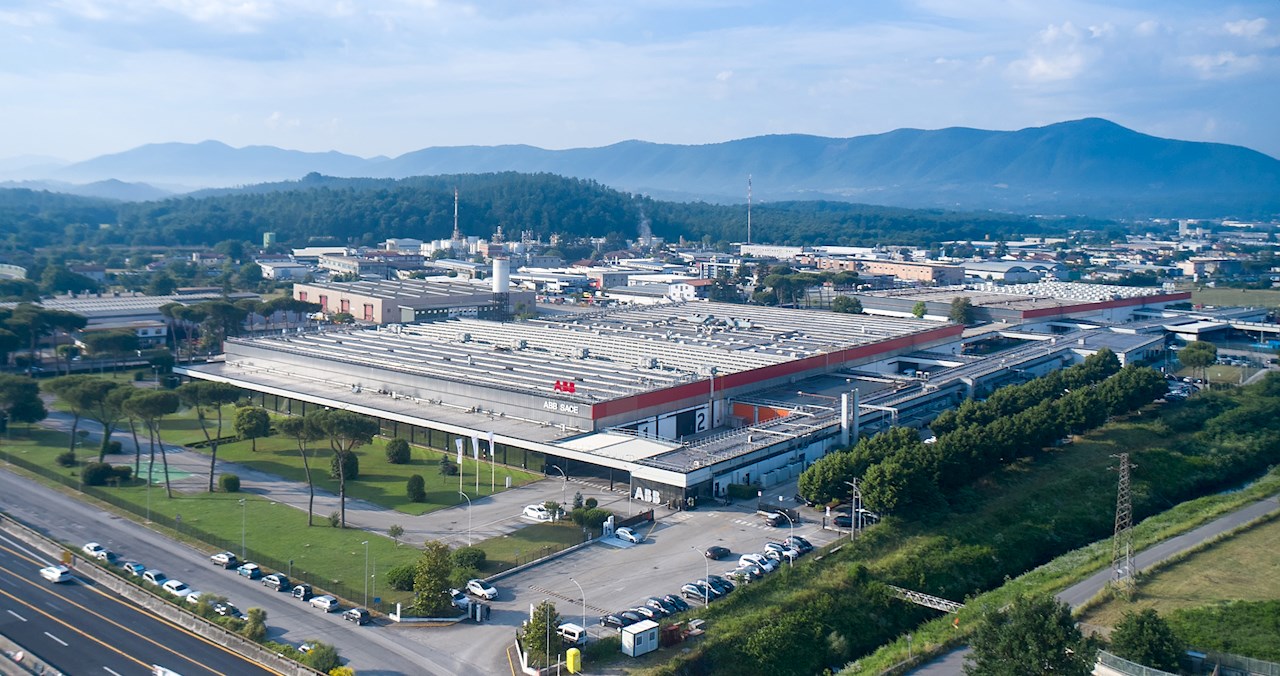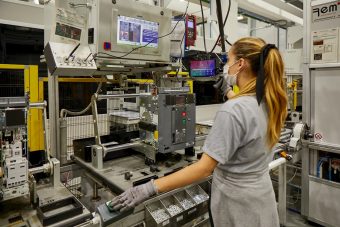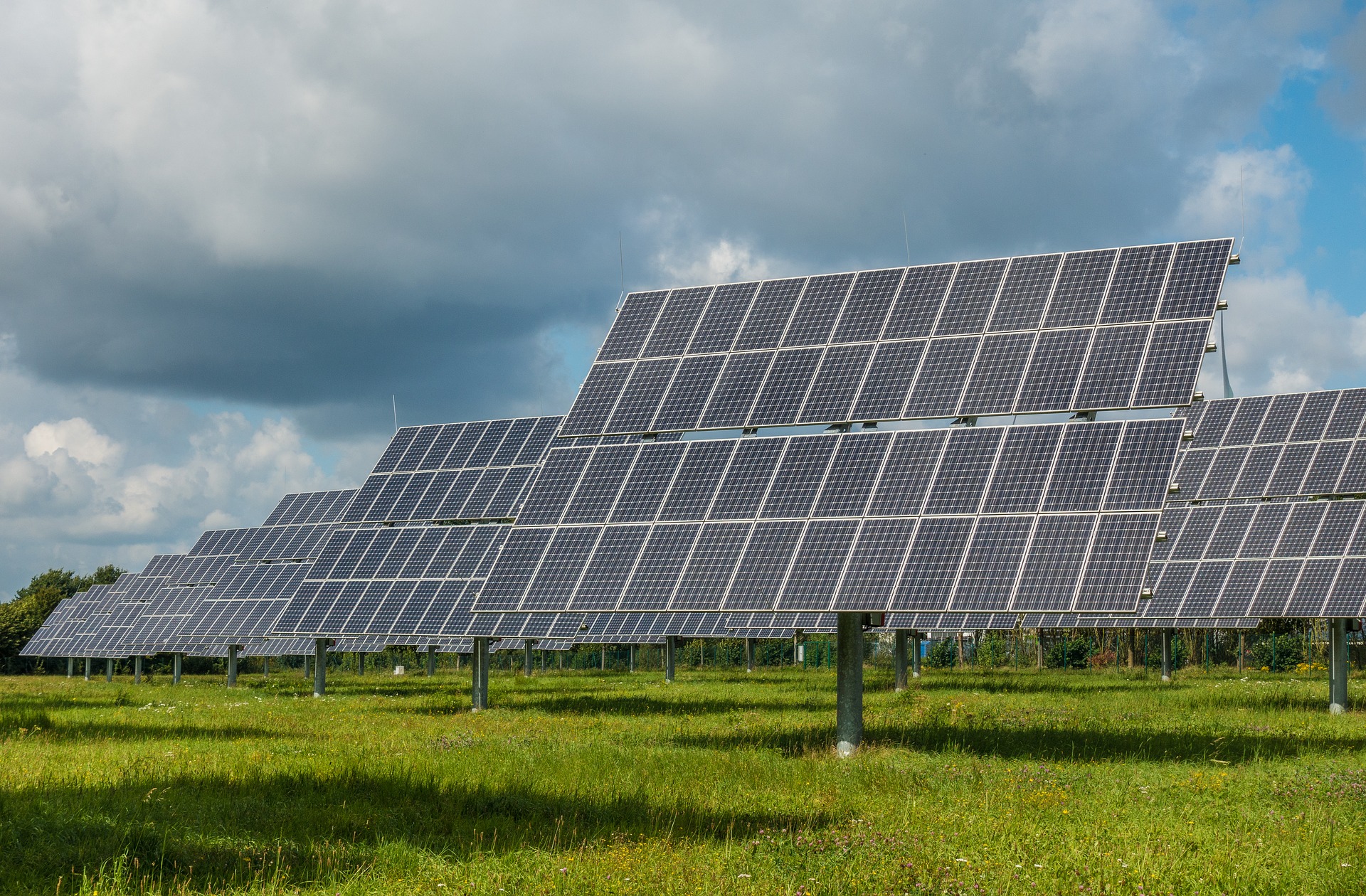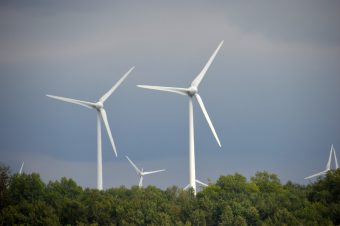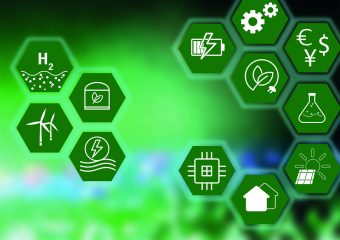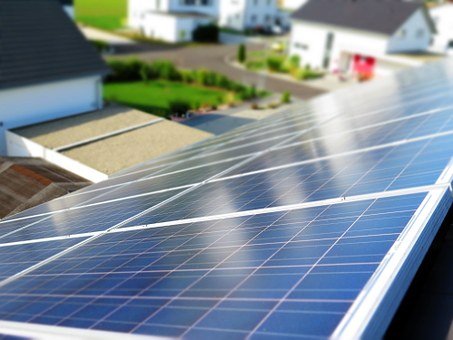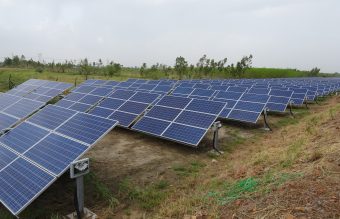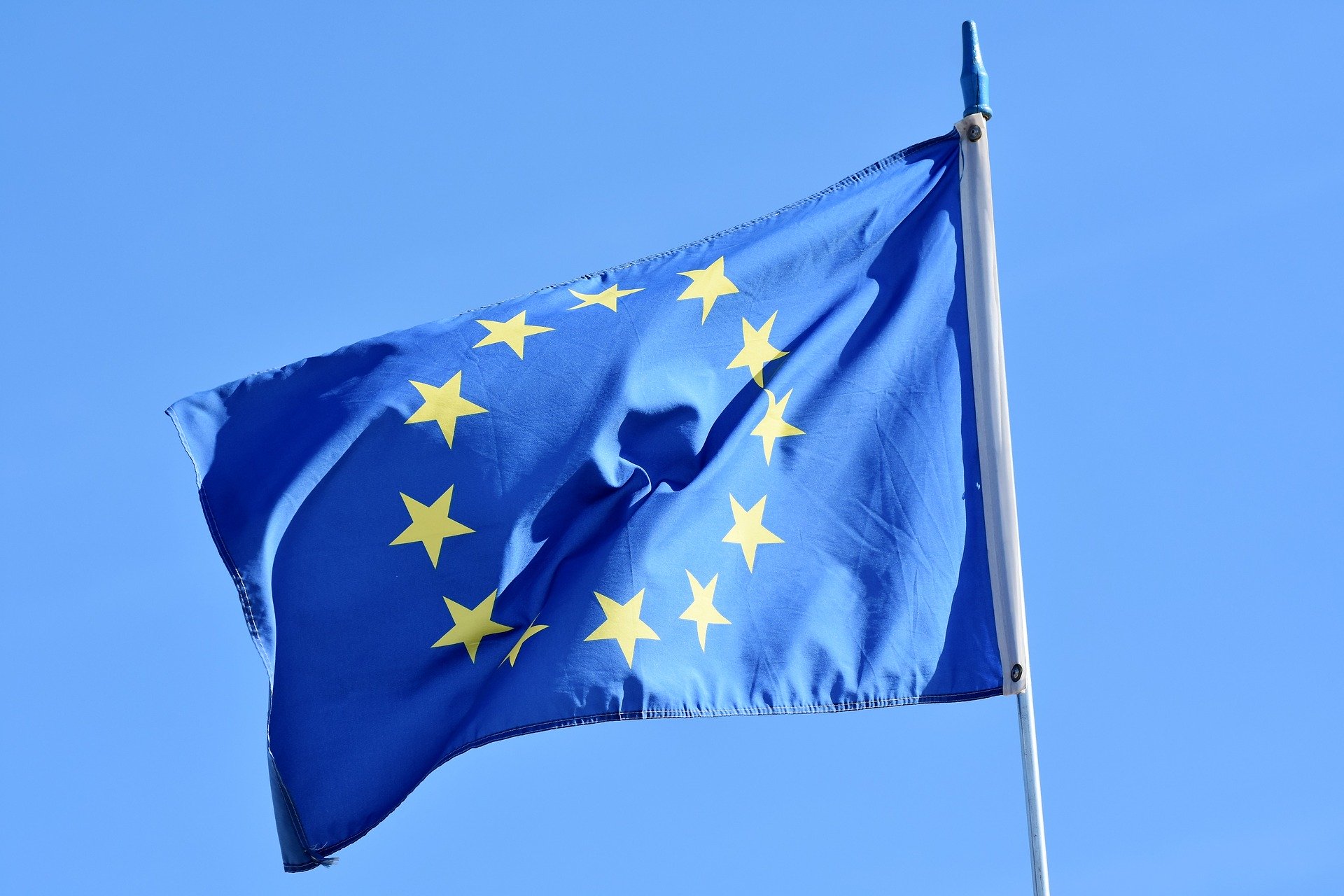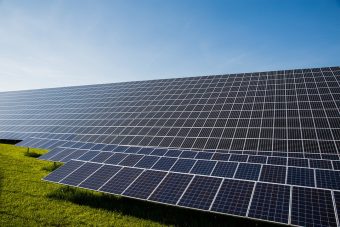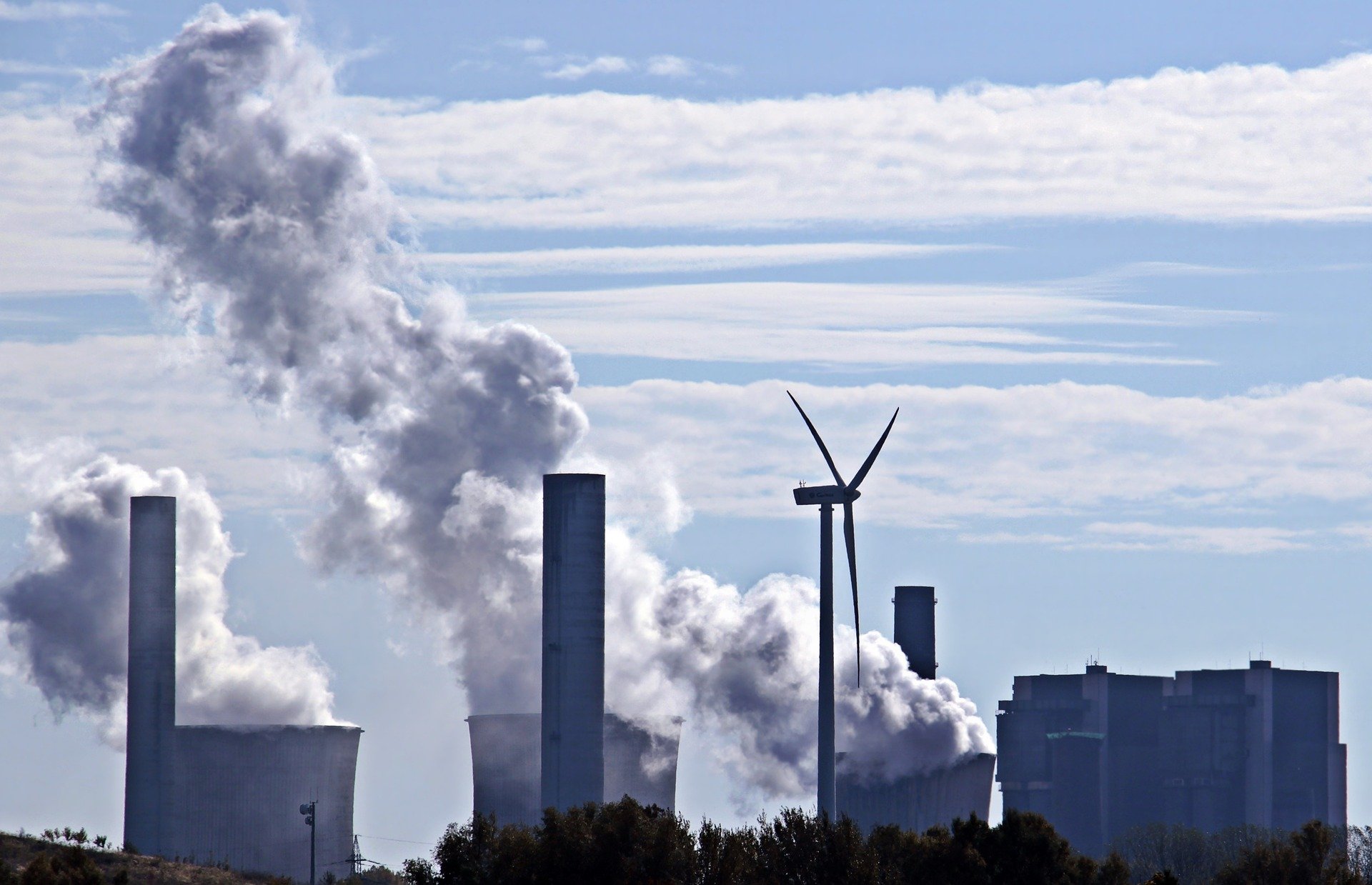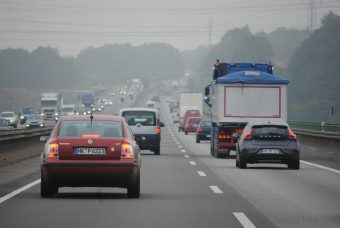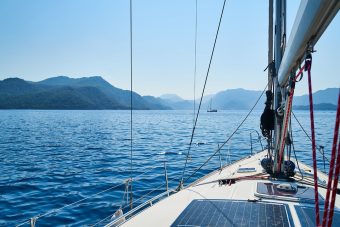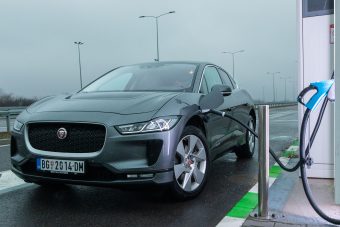
A short trip by electric car around Serbia in 2022 should not be a problem, especially considering that this type of transport is highly developed in other European countries. We did a little experiment, and first-hand impressions follow. I set off on a journey in a world champion, an elegant and fast Jaguar, which has not only a range of less than 400 km in city conditions but also a battery that you can charge with a power of 100 kW. This information is very important for those who are considering buying an electric vehicle and have a sufficiently large purchasing power and a developed awareness of the environment. Right at the beginning, I want to mention that there are several fast chargers installed in Serbia that are in the network of charge&GO and that this company announced that it would install a significant number of fast chargers in the first half of this year.
Our leading actor, the Jaguar I-Pace, is more than four and a half meters long and over two meters wide. It is very stable because the batteries are placed “in the floor” of the vehicle, and the trunk is slightly raised and shallower, but quite a decent size, precisely because of the position of the batteries. When designing, they considered the aerodynamics, so this model has a tunnel that connects the radiator grille and the cut part on the hood as in race cars. Overall, the Jaguar I-Pace is spacious, very agile, has excellent response, is easy to drive, and has parking assistance that works perfectly.
With this kind of foreknowledge, i decided with great enthusiasm to check what it would look like if the proud owner of an I-Pace model should arrive at a business meeting in Niš.
My new colleague Milica and a great photographer, kept me company. Without them, this adventure would not be complete. Of course, we did not even think we would surpass our friends Andrej Kulundžić or Mladen Alvirović, who ruled this genre without peers. We are a completely different team because of the two of us. Surely you have not seen many girls participate in this activity, which traditionally belongs to the male population.
Considering the current restrictions, namely the insufficient number of fast chargers, we had to plan this venture precisely, considering that the electric car’s range varies considerably depending on whether it is driven in the city or on the open road.
During the first day, we drove through Belgrade and did not encounter any obstacles. Every busy woman, a mother with children or a girl who leads an intense social life, can be a proud owner of an electric Jaguar without any problems, without thinking for days about charging the vehicle, even in winter conditions when battery efficiency drops by some 30 percent. In urban conditions, your best friend is the regenerative energy that recharges the batteries with each release of gas, which means that city crowds and “go-stop” driving finally have their advantages.
We did not test the speed of this vehicle in the city, but it turned out exceptionally well on the highway. Regardless of the current winter conditions, there is no problem when you drive a four-wheeler with the “Car of the Year” award. Of course, to reduce battery consumption, you need to turn off the air conditioning. The advantage of this beauty is that it will successfully warm you up in the winter days even when the air conditioning is not switched on, and we can confirm it.
We decided to take the first break for coffee and croissants at the Gazprom Petrol gas station in Velika Plana, on the Belgrade-Niš highway, because one of the fast chargers is located there. While we drank coffee, answered emails, and made several calls, we recharged the battery to 93 percent and carelessly continued our journey to Niš.
It turned out that the coffee break, and the recharging of the battery, was a good idea because an unexpected thing happened to us on the charger owned by the PE “Roads of Serbia”. We had a little more than 10 percent of the battery, which, fortunately, more precisely with good strategic planning, remained at the moment when, for some reason, the charger did not recognize our car, so we could not recharge. That was already the reason for the tension in the car to increase slightly, so we were already thinking about returning to Belgrade.
However, we also tried to see an alternative. We researched where there are at least slow chargers in Niš to partially recharge the battery during the meetings if we happen to be “not recognized” again by the charger located on the highway in the opposite direction. We found ourselves in an awkward situation in Niš because not everything is exactly as the Almighty Google says. Namely, hotels that should have chargers for electric cars do not have them, so we additionally spent the battery driving from one hotel to another until we remembered that ProCredit Bank in Niš has its slow charger. Thanks to the friendly staff of the bank, we managed to recharge the battery for about ten percent completely free of charge, which meant a lot to us at that moment.
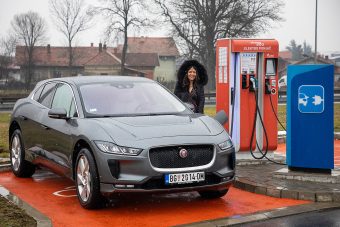
We have learned from this situation: you should always check by phone whether these chargers exist; otherwise, you will waste your battery unnecessarily looking for them. The second and more important lesson would be to summarize: rely solely on reliable charger maps that are part of the application.
After the meetings, we headed slowly towards Belgrade. The first stop was at the fast charger rest area near Nais, right after the Gazprom Petrol gas station. This time we were lucky because the charger “recognized” us, and we were able to fully recharge the battery, without any difficulties, up to 97 percent.
Although my companions secretly complained that we were waiting so long, I also kept silent on my own; more precisely, I ensured our return to the charger in Vrčin without stress. In addition, my “experiment” succeeded – we arrived from Nais to Vrčin without additional charging! Although it was not full, this electric four-wheeler arrived in Belgrade without any problems and with another 11 per cent of the remaining battery. If we convert it into kilometers, it is about thirty kilometers, which was quite enough for me to get to my apartment on Autokomanda.
The absence of engine hum and the perfect comfort of the leather seats gave the additional atmosphere on this trip. Jaguar I-Pace also features an excellent Meridian sound system and two screens – the upper one with the Infotainment system, where you can find all the necessary information, including a display of the current battery capacity in the MyEV option. You can choose between three driving modes: ECO, NORMAL and DYNAMIC, which also adjusts the ambient lighting from soothing blue or green to red, and by switching to DYNAMIC, the sound is slightly enhanced. In this model, you sit low, just like real sports cars, and the visibility is satisfactory. Driving an electric car all day is not strenuous, which means that, for example, there is no excessive brake use because you can slow down with good control of the accelerator pedal, which contributes to optimal battery consumption.
Considering that i had the opportunity to drive several electric cars on shorter distances than this trip, i must admit that i am thrilled with the Jaguar I-Pace. I was able to drive 130 km/h on the highway and cover about 200 km without any problems, yet I am not cold, which has always been my fear. Somehow, before, I always drove electric cars in extreme conditions. Still, Jaguar lived up to all expectations.
Thanks to the development of the charge&GO charger network, which will receive a significant increase in the number of installed fast chargers this year, we know that driving an electric vehicle will be much safer, easier, and simpler!
Until then, don’t forget to plan your trip in an electric vehicle on time and be sure to drive them in ECO mode. If you decide on the royal brand, you won’t need many coffee breaks, and those breaks will probably be shorter!
Prepared by: Nevena Đukić
Read the story in the new issue of the Energy portal Magazine ELECTROMOBILITY.







